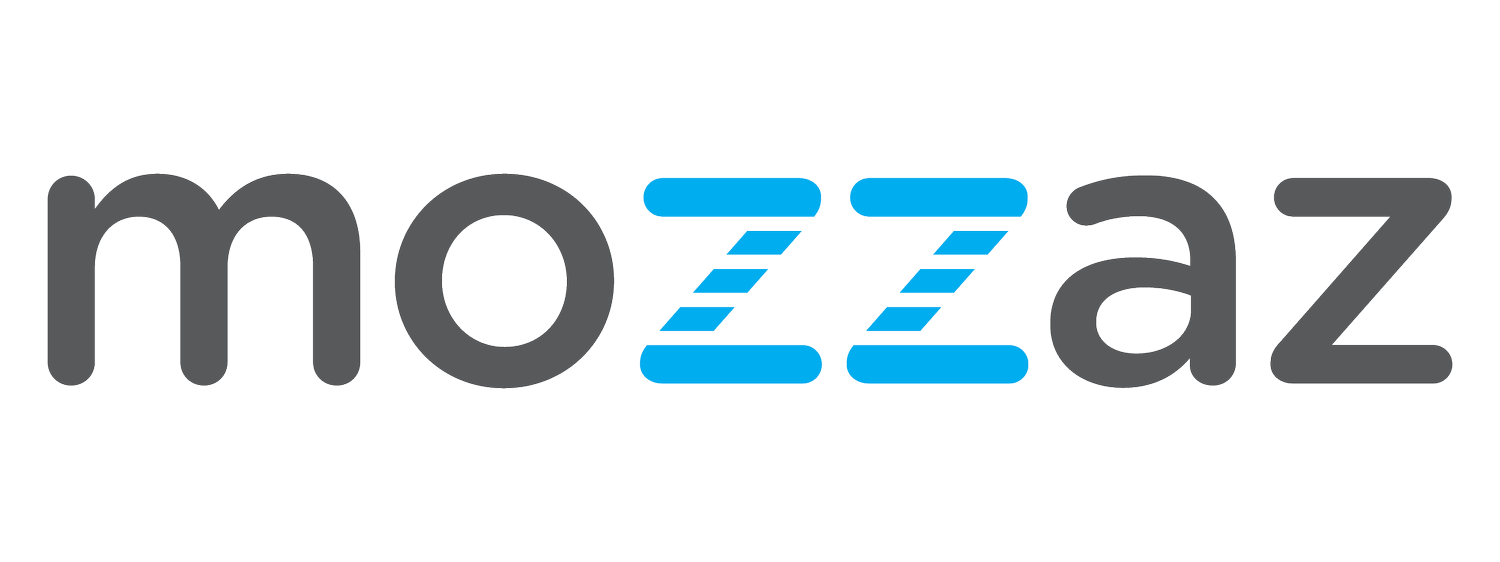The Roots of Remote Patient Monitoring
Healthcare providers have long wondered how they could improve care for patients outside the hospital, clinic, or doctor’s office. But for a long time, they didn’t have the technology to monitor patients, gather data or relay information back to the provider. That changed with the advent of consumer facing health devices like smart scales, blood pressure cuffs, blood-glucose monitors, and wearables like fitness bands and smartwatches.
Historically, the healthcare industry has steered clear of consumer-facing technology, with justifiable concerns that the data coming from these platforms wasn’t reliable enough for clinical care. But they were popular. Some providers saw an opportunity to connect with patients in a way they hadn’t done before— and in a way that patients could accept and appreciate.
Small projects were the first to show potential: Programs launched by providers looking to connect with patients at home and using devices to track activity. Instead of looking for accurate data, providers focused on trends. They wanted information for collaborating with patients on healthcare at home or health and wellness. Early examples included a program that used wearables to track activity in women undergoing breast cancer treatment, a project that tracked diet and exercise among young patients living with diabetes, and a program that measured steps taken each day by patients recovering from surgery.
RPM Pushes Its Way into the Sandbox
Gradually, programs became more sophisticated, with devices developed specifically for clinical treatment and platforms designed to transmit data into a clinical dashboard, sometimes even the medical record. Providers focused early on very specific conditions, like cardiac care, where they could track one or two data points.
RPM programs had a hard time gaining traction because most payers didn’t recognize them, and therefore providers weren’t being reimbursed for those services. That changed in 2019, when the Centers for Medicare & Medicaid Services included Medicare coverage in its Physician Fee Schedule for “the collection and analysis of patient physiologic data that are used to develop and manage a treatment plan related to chronic and/or an acute health illness or condition.”
Coverage now is focused on five CPT codes, as of the 2022 Physician Fee Schedule:
99453 covers the initial setup of the device and is billed once per patient for $19
99454 covers device supply with daily recordings and programmed alerts, billed every 30 days on a minimum of 16 days of recording, for $56
99457 covers 20 minutes of monitoring and care management per month, including Interactive communication with the patient or caregiver during the calendar month, gathered by clinical staff supervised indirectly by a physician, for $50
99458 covers each additional 20 minutes of monitoring and care management per month, also gathered by clinical staff under indirect supervision by a physician, for $40
99091 covers 30 minutes of monitoring every 30 days that doesn’t include interactive communication, to be gathered by a physician or qualified professional, for $56
These codes were and continue to be a clear effort by CMS to support providers in the growing demand and need for these services. CMS also separated RPM coverage from telehealth coverage, giving the service its own niche and separating it from complex and often restrictive guidelines for reimbursement. Since then, the agency has amended and added coverage each year at a slow pace, which falls in line with their longstanding policy of waiting for proof that a new service improves outcomes and reduces costs before they’ll cover it.
CMS’ recognition helped give RPM a foothold. According to the American Medical Association, physician adoption of RPM tools jumped from 13 percent in 2016 to 22 percent in 2019, an increase topped only by telehealth visits, which doubled from 14 percent to 28 percent. Likewise, a Consumer Technology Association CTA survey that year found that 68 percent of physicians “strongly intend to use remote patient monitoring technology” at some future time, while more than half of consumers surveyed indicated they would monitor their health at home with a connected device if recommended by a physician.
In 2020, the playing field changed yet again. Covid-19 swept across the globe at a dizzying rate, forcing healthcare providers to close or limit in-person care and shift as many services as possible onto virtual platforms. Suddenly telehealth was popular, and health systems, hospitals, practices, and clinics were launching new services and programs, taking advantage of emergency federal and state measures designed to improve access to and coverage of telehealth services.
RPM saw that surge as well, as providers used the platform to isolate and treat infected patients in their own homes. Some adjusted protocols from other RPM programs to target COVID-19 treatment, while many others launched new programs, sending patients home with devices to monitor their health, and creating telehealth dashboards that allowed clinicians to view data and create and adjust care management plans from the hospital (or even their homes). As the pandemic ran its course, health systems and hospitals began to plan for the future. The success of their RPM programs in keeping and treating COVID-19 patients at home prompted new ideas on how to keep the RPM platform alive by shifting to cover other patient populations.
Because many patients with chronic conditions had opted to steer clear of their care providers during the height of the pandemic, an RPM service enabled providers to re-engage with those patients and get them back on their care plans. Likewise, RPM could be used for post-discharge and rehab for the hospitals and patients who’d put off non-urgent surgical procedures during the pandemic, and there was a real need for programs to help people dealing with mental health and substance abuse issues at home.
Vendors, like Mozzaz, have been working in collaboration with healthcare organizations to identify best practices for implementation and scalability. To learn more about RPM’s contribution to today’s digital care landscape and how it’s poised to move healthcare into the future, download our most recent whitepaper here.

